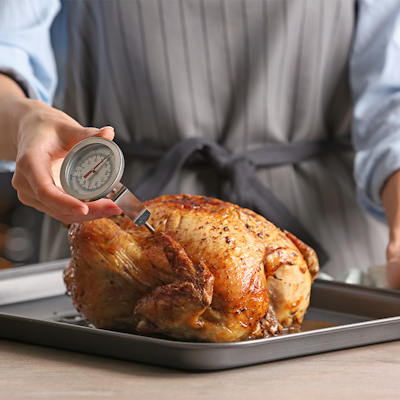Product Specifications, To change or not to change?

When to change or when not to change a product specification?
We’re often asked whether an attribute change requires a new product specification altogether or if it’s ok ‘just to change the attribute’ and ‘stick with the existing’ identifiers e.g product code and GTIN (barcode). To help our members we’re happy to promote general ‘best practice’ following guidance for food items adopted by leading Brands and Wholesalers in the UK.
Create a new specification with new identifiers when…
- Product now contains a legally declarable allergen e.g. nuts
- Pack-size changes (inc.promotions) e.g. outer case now 12 cans instead of 9
- Net weight changes e.g. 28g to 26g
- Temperature changes e.g. frozen meat now sold as chilled meat
- Packaging certification logos e.g. adding or removing a dietary such as ‘Kosher’
- Price on Pack changes (printed as part of packaging) e.g. £1 becomes £2
- Defined component changes e.g. a tin of 10 assorted biscuits, 1 is replaced
- Major packaging dimensional changes that may e.g. affect shelf, stock and logistics management
Change the associated attribute(s) when…
- Packaging artwork changes e.g. if the brand name, product name or description remains the same, just changing colours or graphics etc.
- Adding a brand to packaging description where didn’t previously exist
- Amending description e.g. delicious crunchy ‘Cornflakes’
- Minor formula changes e.g. contains 15% of daily value (from 16%)
FAQ
Q: Can I copy the existing specification (for a new or similar product) and just change the affected attributes only?
A: Yes – select the existing item from your ‘Published Products’, Select ‘Copy to New Draft’ and amend accordingly.
Q: Are these ‘rules’ legally enforced?
A: No, best practice is ‘guidance’ which is somewhat different to ‘legal rules’. Of course, such guidance is the output of much collaborative working across the industry and is in everyone’s interests to follow.
Q: Can I reuse old barcodes on new items?
A: Yes, but best practice suggests a minimum of 4 years after it was last used on the previous item (to ensure old stock has sold through etc).
NB: the above is for general guidance purposes only and does not cover every possible scenario. Where unsure, Brands should consult with appropriate industry bodies for detailed advice.


